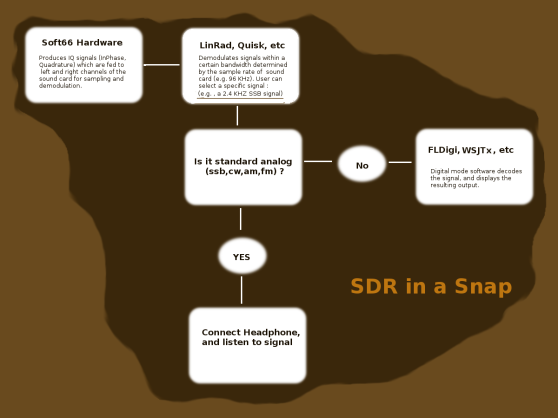 Figure 1: A preamp tossed together on a piece of proto-board. Click to enlarge.
Figure 1: A preamp tossed together on a piece of proto-board. Click to enlarge.
The performance of the Soft66 Lite is alright for the price of a couple fast food dinners, so I’ve no complaints. But, I thought maybe some shoes could help it get a better footing, and bring those sought-after WX faxes down to earth with more clarity. I thought “Why not give it a shot?”



